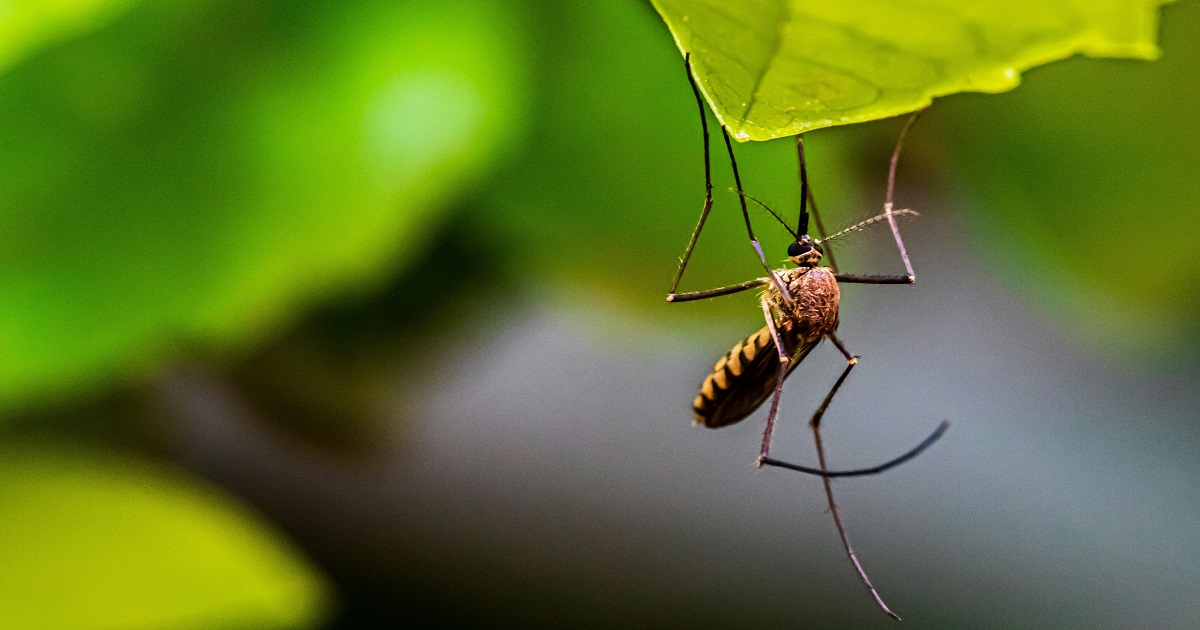Approaches to Diseases Control Centered on Arthropod Vectors of Animal and Human Pathogens
A special issue of Insects (ISSN 2075-4450).
Deadline for manuscript submissions: 31 December 2025 | Viewed by 6590

Special Issue Editors
Interests: plasmodium; avian malaria; phylogenetic diversity; vector borne disease; morphometry; mosquitoes; DNA barcoding
Special Issues, Collections and Topics in MDPI journals
Interests: wildlife diseases; wildlife conservation; haemosporidian parasites; vector-borne diseases; clinical pathology; parasite biology; host-parasite relationship
Special Issues, Collections and Topics in MDPI journals
Special Issue Information
Dear Colleagues,
Vector-borne diseases pose a significant challenge in both tropical regions and temperate zones. Changes in the global climate and landscape may directly contribute to the expansion of territories and the occurrence of severe outbreaks of vector-borne diseases, including those neglected by research. Mosquitoes, sandflies, biting midges, ticks, lice, and fleas are among the primary vectors responsible for the spread of such diseases. Research on the biology and ecology of vector arthropods, pathogen detection, vector competence and capacity assessment, population control measures, surveillance strategies, and other related topics is crucial in the development of comprehensive and integrative control approaches. Encouraging studies in this field is essential.
Dr. Karin Kirchgatter
Dr. Carolina Romeiro Fernandes Chagas
Guest Editors
Manuscript Submission Information
Manuscripts should be submitted online at www.mdpi.com by registering and logging in to this website. Once you are registered, click here to go to the submission form. Manuscripts can be submitted until the deadline. All submissions that pass pre-check are peer-reviewed. Accepted papers will be published continuously in the journal (as soon as accepted) and will be listed together on the special issue website. Research articles, review articles as well as short communications are invited. For planned papers, a title and short abstract (about 250 words) can be sent to the Editorial Office for assessment.
Submitted manuscripts should not have been published previously, nor be under consideration for publication elsewhere (except conference proceedings papers). All manuscripts are thoroughly refereed through a single-blind peer-review process. A guide for authors and other relevant information for submission of manuscripts is available on the Instructions for Authors page. Insects is an international peer-reviewed open access monthly journal published by MDPI.
Please visit the Instructions for Authors page before submitting a manuscript. The Article Processing Charge (APC) for publication in this open access journal is 2600 CHF (Swiss Francs). Submitted papers should be well formatted and use good English. Authors may use MDPI's English editing service prior to publication or during author revisions.
Keywords
- medical entomology
- arthropods
- mosquitos
- Diptera
- vector biology
- vector genetics
- bioinformatics
- computational biology
- parasitology
- arboviruses
- disease control
- disease surveillance
Benefits of Publishing in a Special Issue
- Ease of navigation: Grouping papers by topic helps scholars navigate broad scope journals more efficiently.
- Greater discoverability: Special Issues support the reach and impact of scientific research. Articles in Special Issues are more discoverable and cited more frequently.
- Expansion of research network: Special Issues facilitate connections among authors, fostering scientific collaborations.
- External promotion: Articles in Special Issues are often promoted through the journal's social media, increasing their visibility.
- Reprint: MDPI Books provides the opportunity to republish successful Special Issues in book format, both online and in print.
Further information on MDPI's Special Issue policies can be found here.
Related Special Issue
- Insect Vector-Focused Approaches for Disease Control in Insects (12 articles)







